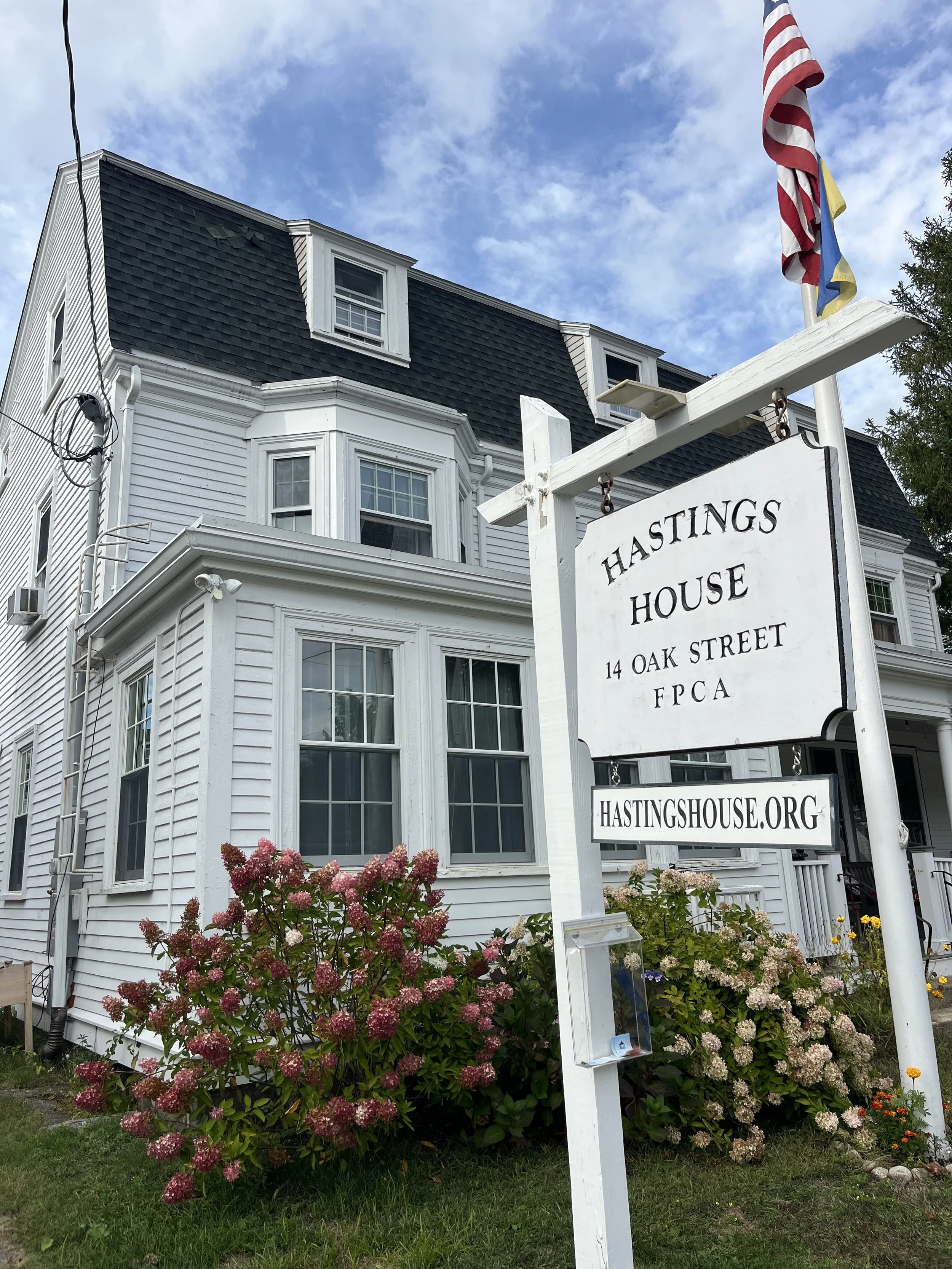The Heart of a Town: Why Every Community Needs a Community House
Imagine a town where everyone is familiar with one another, but lacks a true gathering place to come together and truly connect. There’s no central park, town square, or inviting space for meetings, celebrations, or big events. A community house flips this problem on its head by becoming the heart of the town—a place where residents of all ages can connect, find belonging, and flourish.
Social Connection: Bringing People Together
One of the most immediate benefits of a community house is the social connections it cultivates. In today’s fast-paced world, where digital screens often take precedence over face-to-face interactions, these welcoming spaces offer the perfect remedy. They’re more than just buildings; they’re vibrant hubs of connection and togetherness.
For children, this can mean a safe place to play and learn alongside peers. For adults, it can be a space for workshops, hobby clubs, or discussion groups. Seniors can attend exercise classes, book clubs, or coffee mornings, reducing loneliness and encouraging engagement with the wider community. The magic of a community house lies in its ability to create encounters with neighbors who might not usually find space to connect.
Strengthening Local Identity
A community house isn’t just a gathering space—it can become a symbol of local identity. It’s a place where a town can celebrate its unique history, culture, and traditions. Hosting art displays, birthdays, retirement parties, historical storytelling nights, or cultural festivals allows residents to feel pride in their community while sharing it with others.
These shared experiences help define what makes the town special, creating a collective memory and reinforcing the idea that the community is more than just a location—it’s a shared experience. This strong local identity doesn't just nurture the residents; it attracts visitors, bolsters small businesses, and sparks community-led initiatives, making the town a thriving hub of connection and creativity.
Practical Uses of a Community House
Local Meetings: A community house is the perfect venue for town councils, neighborhood associations, and volunteer groups to gather and discuss important matters.
Educational Workshops: From adult learning sessions to after-school programs and skill-building classes, community houses provide a space for continuous education.
Social Events: Whether it’s a birthday party, holiday celebration, or a large town gathering, these spaces are ideal for all kinds of social events.
Emergency Relief: In times of need, community houses transform into shelters during storms or natural disasters, and they also serve as sites for food distribution.
The adaptability of a community house ensures it meets the diverse needs of residents, making it a vital resource for everyone in town. It’s not just a space for a select group; it’s for the entire community.
Building a Sense of Belonging
Feeling connected to a community offers significant benefits. Those who feel a sense of belonging are more inclined to volunteer, support local initiatives, and take pride in their town. A community house nurtures this sense of belonging by providing a space where everyone—regardless of age, background, or interests—can participate.
Residents become more engaged and invested in local projects, whether it's starting a community garden, organizing a festival, or simply helping a neighbor. This shared sense of responsibility and pride transforms a town from a mere collection of houses into a thriving, vibrant community.
How to Advocate for a Community House
Creating a community house is possible with collaboration, planning, and a shared vision. Here’s how towns can take action:
Form a Committee: Start by gathering a group of enthusiastic residents who are eager to strengthen community ties. Their passion will drive the project forward.
Fundraising Ideas: Bring your community together through fun events, apply for grants, and seek partnerships with local businesses to generate the necessary funds.
Location and Design: Choose a central spot that’s easily accessible, and design a space that can accommodate a variety of activities and gatherings.
Develop Engaging Programming: Collaborate with residents to create a diverse range of events and activities that cater to all ages and interests.
By following these steps, any town can transform an empty building—or even a new construction—into a vibrant community hub.
Conclusion: A Heartbeat for the Town
A community house is more than a building—it’s the heart of a town, uniting neighbors, fostering pride, and strengthening identity. It’s where memories and friendships form, making everyone feel valued. Without it, a town feels disconnected; with it, a town thrives and becomes a vibrant community.
This post was written with the assistance of AI tools (ChatGPT by OpenAI) to help draft content. The author reviewed, edited, and approved all final text.



